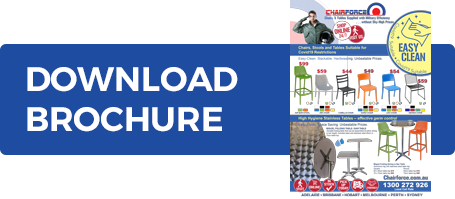COVID-19 has meant additional restrictions and heightened cleaning practices for those in the hospitality industry. As we return to some level of normalcy within New Zealand, here are a few key points to keep in mind when you are cleaning your stainless steel.
First, it’s important to clean before disinfecting. This is because organic matter and dirt can reduce the ability of disinfectants to kill germs. A combination of both disinfecting and cleaning is most effective in preventing spread of the COVID-19 virus.
Cleaning and disinfecting are two different processes:
Cleaning means physically removing germs, dirt and organic matter from surfaces.
Disinfecting means using chemicals to kill germs on surfaces.
1. General Cleaning
For day to day use, mild detergent and hot water are the most effective tools to clean your stainless steel.
Remember to polish or wipe with the grain of your bench top to help diminish marks or scratches.
2. Disinfecting
Only alcohol-based disinfectants should be used on stainless steel. Alcohol-based disinfecting solutions should be at least 70% alcohol. Alcohol can be used to clean a variety of surfaces, such as table surfaces, light switches & mobile phones.
While disinfecting, special attention should be paid to high-traffic surfaces and objects, such as handles and bench edges.
Put Down the Bleach!
Harsh bleaches can permanently ruin any stainless steel surface.
Bleach is often a go-to for disinfecting stainless steel appliances. However, this can stain or corrode the material, as well as quaternary ammonium compounds and oxygen bleach. Please check the list of ingredients, to ensure that bleach is not listed as one of the ingredients.
Additional Information
The virus is highly contagious and it is important to make sure that frequently touched objects are cleaned properly to prevent the spread. Frequently touched objects can vary by location, for example, light switches, doorknobs, handrails, kitchen appliances, tables, drawer pulls, sinks, handles, elevator buttons, keys, and remote controls. Your staff should follow existing procedures for using gloves or other personal protective equipment (PPE). Post cleaning, the gloves should be discarded.
Useful further reading;
https://www.insider.com/how-to-kill-germs


